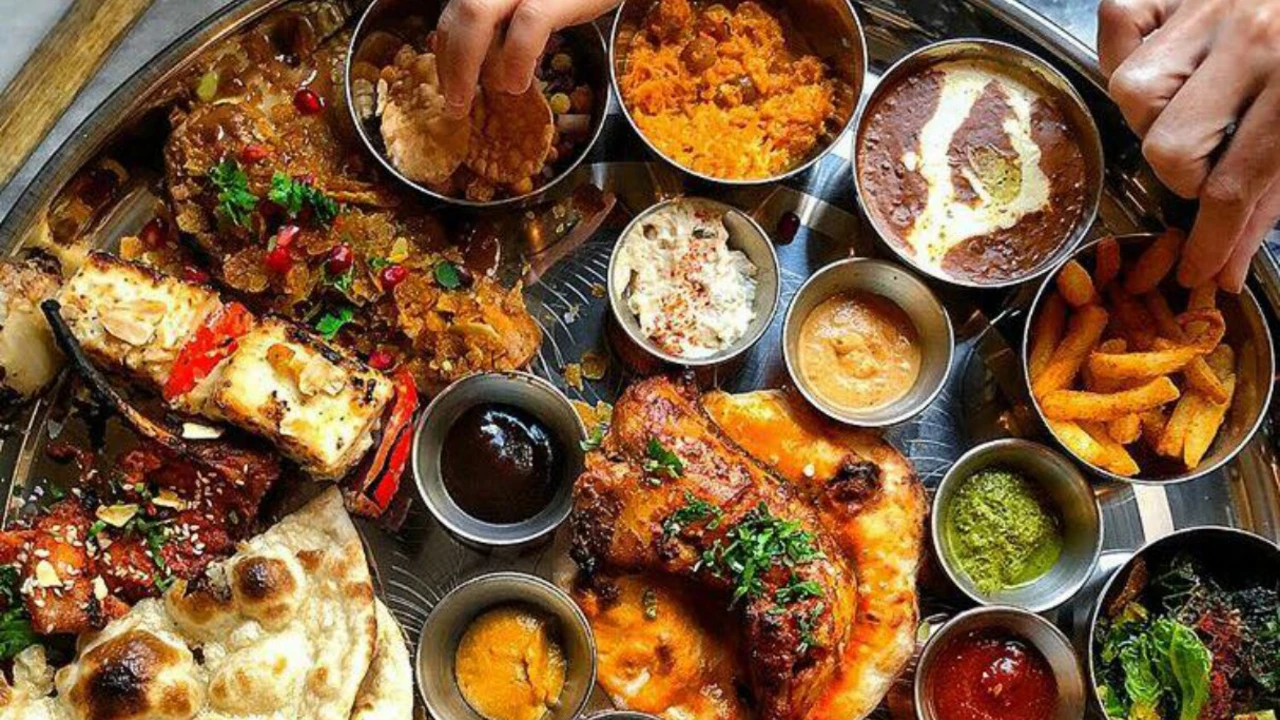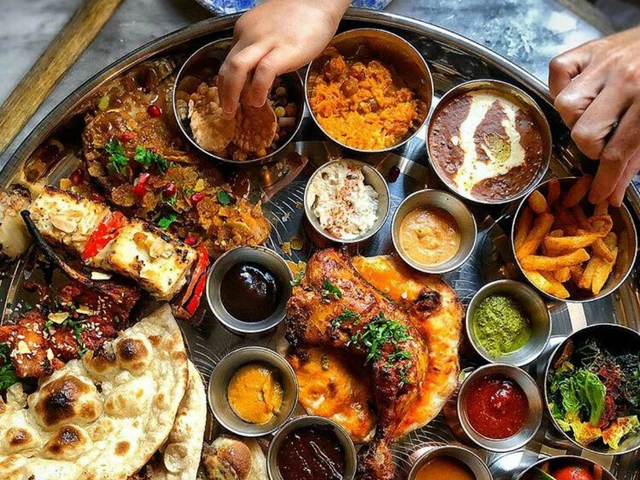
An Introduction to the Unfamiliar Territory of Indian Foods
As an Indian, it amuses me to no end how some Indian foods are eyebrow-raising confounding to my American friends. To start with, Indian cuisine is a divine smorgasbord of flavors that dance on your palate. There's a zing, a sparkle, a burst of flavors that is unlike any other. Not all Indian foods follow the stereotype of being fire-breathing dragon spicy. We do indeed have an incredible variety in terms of flavor intensity as well as the types of dishes. But even within this culinary kaleidoscope, there are certain foods that my American buddies find baffling and borderline bizarre. Some of these food choices could be categorized as an acquired taste, certainly, but to Indians, they are staple delicacies, each holding a significance and story of its own.
The Bitter-sweet Reality of Indian Bitter Melon (Karela)
High up on the list of perplexing Indian foods is the infamous Karela or bitter melon. As the name suggests, this vegetable is renowned (or notorious!) for its bitter taste. However, if you ask any Indian about it, the responses will be polarizing. There are ardent haters and passionate lovers of this humble veggie. Karela, when cooked properly, is quite the culinary treat, with a texture similar to peppers and a distinct earthy bitterness that is strangely addictive. But for my American friends, the idea of consuming something that is knowingly bitter is strange and rather unappetizing.
I remember one of my friends exclaiming, "Aarav, why would anyone in their right mind eat something bitter willingly?". As I chuckled at his bewildered expression, I explained the numerous health benefits of Karela. Packed with antioxidants, it aids in maintaining blood sugar levels, making it a hit among Indian folks. It's fair to say, curried or stir-fried, karela might be a bitter pill to swallow for some but leaves a lasting impression.
The Crunchy Conundrum of Indian Snack – Pani Puri
At a glance, Pani Puri or Golgappa, an Indian snack that many Indians literally live by, might look like an unassuming appetizer. But believe me when I say, it's an explosion of flavors! If you haven't seen it before, imagine tiny puffed round puris, filled with a mix of potatoes and spices, dipped in tangy tamarind water. The challenge - pop the whole thing in your mouth without spilling any of the magical liquid. It's crunchy, sweet, spicy, and tangy all in the same bite!
Although delicious, my American mates often struggle with the idea of eating in one go. To them, it feels unnatural and a bit dangerous (choke hazard, you see!) They also find the combination of flavors quite overpowering. But for us Indians, Pani Puri is more than just a snack; it's an emotion.
The Mystifying World of Indian Paan
Paan, a concoction of areca nut and various spices wrapped in a betel leaf, is a quintessential part of Indian culture. It is often consumed after mealtimes, much like a digestive. The spectacle of paan being prepared is nothing less than an art form: the swift movements of the paan-walah coating the leaf with ‘chuna’ (lime paste), followed by the meticulous layering of ingredients, and finally wrapping it into a perfect triangle.
For most Americans, however, the concept of chewing a leaf filled with such contrasting ingredients, and then spitting it out, strays far away from their traditional dessert palate. The tangy, sweet, and slightly bitter taste can be overwhelming, and the concept can be off-putting, but as an integral part of all Indian celebrations and gatherings, paan is an experience one shouldn't miss while delving into the Indian food ecosystem.
The Textural Tango of Indian Sweet – Halwa
You would think sweet dishes will pass without a hiccup, but the textural difference in Indian sweet Halwa has proven otherwise. Translating from Arabic to ‘sweet’, Halwa comes in various forms across the Indian subcontinent. While some are dense and rich like the Gajar (carrot) Halwa, others are gelatinous like Bombay Halwa. Moreover, the foamy and gooey texture of Sooji (semolina) Halwa or the fudgy-ness of Besan (gram flour) Halwa, often leaves Americans questioning their dessert norms.
They have frequently mentioned that these textures are unusual compared to the more solid or creamy desserts they are used to. But once they manage to cross the textural battleground, the overwhelming feeling of sweet fulfillment takes over. It is a leap of faith that's usually well rewarded!
It's fascinating to note how what is strange for some is perfectly normal for others. This primarily reflects our diverse cultural spectrum and how it influences our food choices. Even though my American friends are initially baffled by some Indian foods, once they get past the initial 'shock and awe', they often find them intriguing, flavorful, and a delightful peek into our Indian culture!
Releted Post
28 Jul 2023


Comments
Post Comment